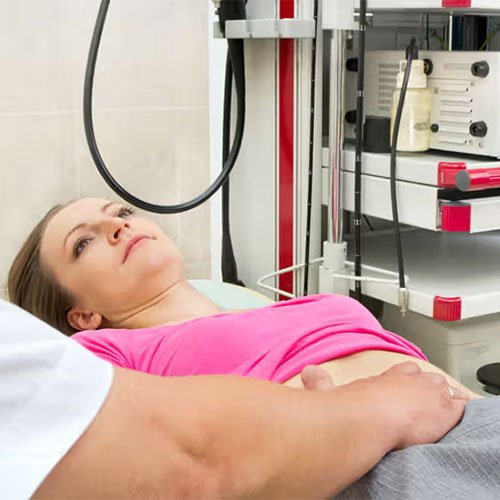Gallbladder Stones Laparoscopic
Gallbladder stones, or gallstones, are hardened deposits of digestive fluid that form in the gallbladder, a small organ under the liver. Gallstones can vary in size from as small as a grain of sand to as large as a golf ball. They can be asymptomatic, but when they cause pain, infection, or obstruction in the bile ducts, treatment is often necessary.
Post-surgery, most patients experience some discomfort for a few days. It’s advised to avoid heavy lifting, follow a low-fat diet initially, and gradually return to normal activities. Since the body no longer has a gallbladder to store bile, some dietary adjustments may be needed to help with digestion. Overall, laparoscopic cholecystectomy is an effective and safe treatment for gallstones, allowing most patients to live symptom-free without significant lifestyle changes.

What Causes Gallstones?
Gallstones can form for various reasons, including: Excess cholesterol in bile: If bile contains more cholesterol than it can dissolve, it may form crystals that develop into stones. Excess bilirubin: Conditions that cause the liver to produce too much bilirubin, like liver cirrhosis, lead to gallstones. Gallbladder emptying issues: If the gallbladder doesn’t empty as it should, bile becomes overly concentrated and stones can form.
Symptoms of Gallstones
Laparoscopic appendectomy offers several advantages over traditional open surgery:
- Smaller Incisions: Tiny incisions lead to minimal scarring and quicker healing.
- Less Pain: Less post-operative discomfort and reduced need for pain medication.
- Faster Recovery: Patients can often resume normal activities within a few weeks, as opposed to the longer recovery required for open surgery.
- Lower Risk of Infection: Fewer post-surgical complications, such as infections, due to the minimally invasive approach.
- Shorter Hospital Stay: Many patients go home within 24 hours.





